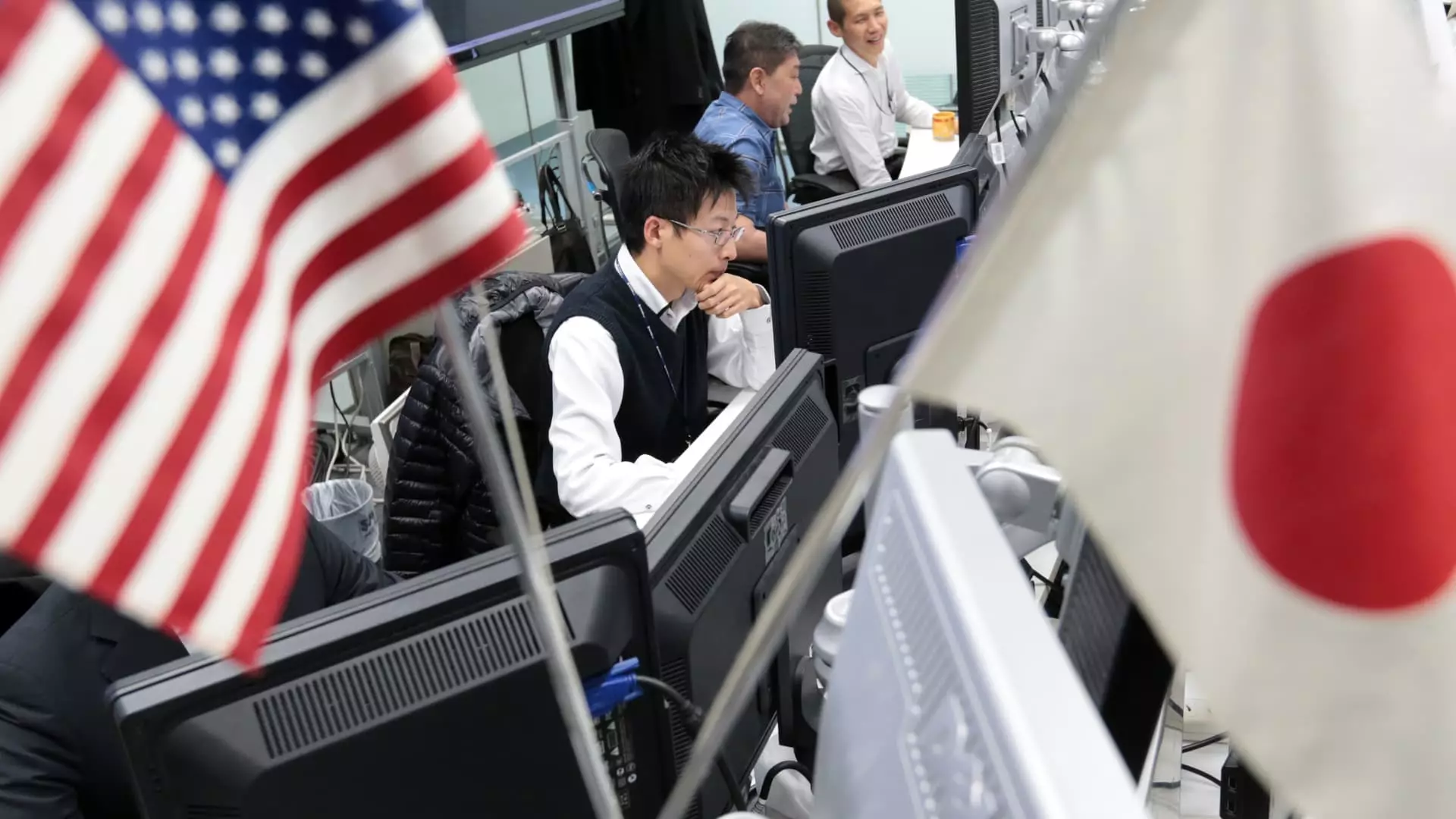The United States is set to unveil a significant overhaul of its military command structure in Japan, along with other measures to deepen defense ties with its Asian ally. This revamp is part of an effort to coordinate better with Tokyo on the growing regional threats emanating from China and North Korea. The announcement is expected to be made during high-level security talks in Tokyo, where U.S. officials will meet with their Japanese counterparts.
During the talks, U.S. Secretary of State Antony Blinken and Secretary of Defense Lloyd Austin are expected to reveal plans to reconstitute U.S. Forces Japan as a Joint Force Headquarters. This move will see the command reporting to the commander of U.S. INDOPACOM and will be headed by a three-star general. This decision deviates from Japan’s request for a four-star rank, indicating a shift in military hierarchy within the region.
Additionally, for the first time, the U.S. and Japan will discuss “extended deterrence” during their ministerial talks. This term refers to the U.S. commitment to utilize its nuclear forces to deter attacks on allies. With Japan serving as a strategic base for U.S. military operations in Asia, the extended deterrence agreement will play a crucial role in maintaining regional security and stability.
In a further effort to strengthen regional security, Secretary Austin and Japanese Defense Minister Minoru Kihara met with their South Korean counterpart, Shin Won-sik, to sign an agreement on trilateral cooperation. This agreement includes initiatives such as real-time sharing of North Korean missile warning data and joint military exercises. By institutionalizing this cooperation, the U.S., Japan, and South Korea aim to enhance their collective defense capabilities.
Moreover, the United States is looking to leverage Japanese industry expertise to alleviate pressure on U.S. defense companies facing high demand due to conflicts in regions like Ukraine and the Middle East. By engaging in deeper defense industry collaboration with Japan, the U.S. hopes to enhance its technological capabilities and ensure the sustainability of its defense infrastructure.
Following the discussions in Japan, Secretary Blinken and Secretary Austin will continue their security talks with another ally, the Philippines. This series of high-level meetings is part of the Biden administration’s strategy to counter the growing influence of China in the region. By fostering closer ties with regional partners, the U.S. aims to uphold a “free and open Indo-Pacific” and address shared security concerns.
The revamp of the military command structure in Japan represents a significant development in U.S.-Japan defense cooperation. Through enhanced coordination, extended deterrence agreements, and trilateral cooperation with South Korea, the U.S. is working towards bolstering regional security and countering emerging threats. By tapping into Japanese industry expertise, the U.S. also seeks to strengthen its defense capabilities and ensure a stable defense industrial base. These initiatives reflect a broader commitment to promoting peace and stability in the Indo-Pacific region amid complex geopolitical challenges.


Leave a Reply